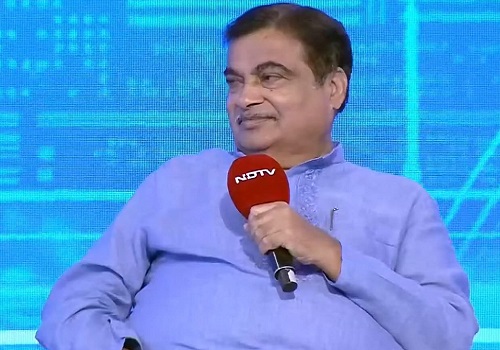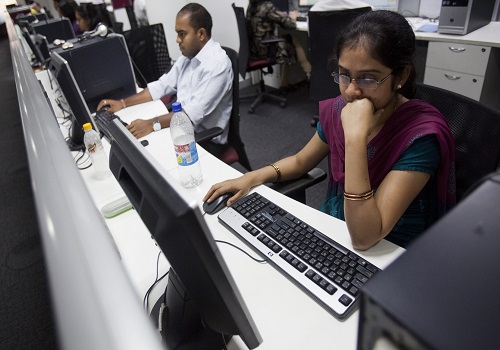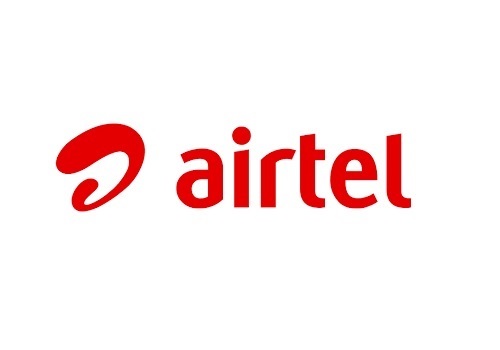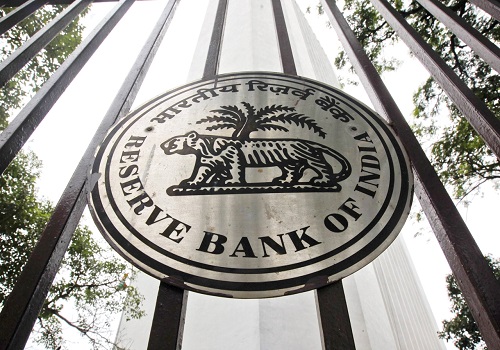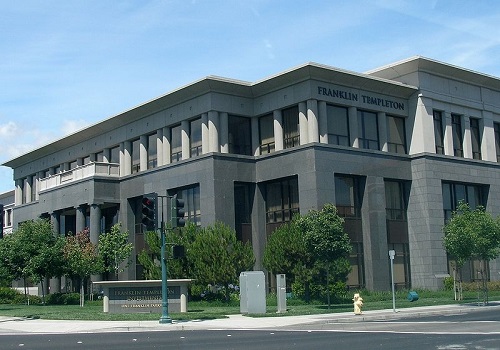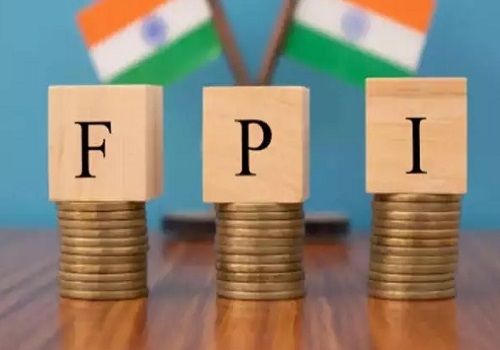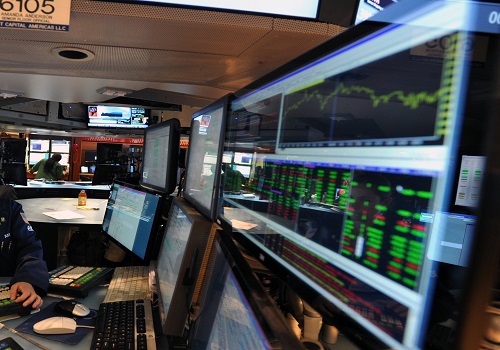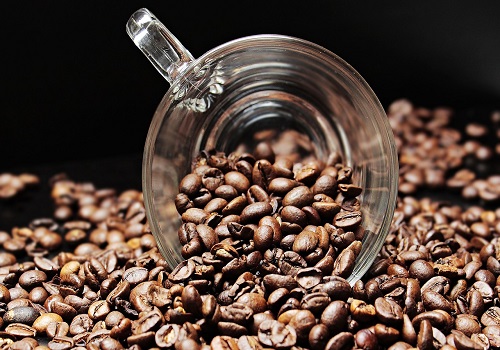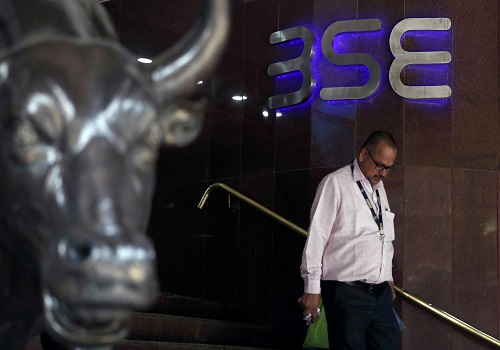Coming Week`s Market Report from Arvinder Singh Nanda, Senior Vice President, of Master Capital Services Ltd.
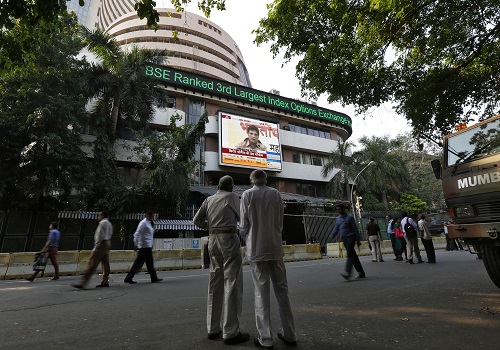
Follow us Now on Telegram ! Get daily 10 - 12 important updates on Business, Finance and Investment. Join our Telegram Channel
https://t.me/InvestmentGuruIndiacom
Download Telegram App before Joining the Channel
Below the coming week's market report from Arvinder Singh Nanda, Senior Vice President, of Master Capital Services Ltd.
Sensex and Nifty fell for the Second consecutive session dragged by Pharma and private-banking stocks. Benchmark indices fell for the third week in a row following RBI's decision to impose a 10% incremental cash reserve ratio to absorb surplus liquidity from the banking system after the withdrawal of the Rs 2,000 currency notes.
RBI's Monetary policy left the repo rate unchanged at 6.5%. Though RBI raised some concerns on the inflation front due to uneven monsoon in some parts of the country which has led to an increase of vegetable prices. The committee expected that headline inflation will increase in the next couple of months which has led RBI to increase the CPI inflation targets to 5.4% in FY24 vs an earlier projection of 5.1%.
In terms of the economy, the RBI maintains a positive outlook on the revival of rural demand, driven by robust fertilizer demand, increased tractor sales, and significant growth in agricultural credit. Industrial performance remains favorable, as indicated by both the Index of Industrial Production (IIP) and manufacturing statistics. The RBI remains dedicated to gradually scaling back its accommodating measures in the future.
With the increase in the cash reserve ratio, it is expected that it will not impact the majority of the banks in the longer tenure. The banking sector will continue to remain resilient on the back of strong asset quality, healthy credit growth, and solid capitalization.
According to FADA July’s Data, Auto retail sales witnessed 10% YoY growth in July at 17.70 lk units as compared to 16.09lk units YoY. 2 wheelers, 3-wheelers, PV and CV reported a growth of 8%, 74%, 4%, and 2% respectively on YoY basis. The 3-wheeler segment witnessed the highest growth of 74% YoY at 94148 units Vs 54000 units.
Internationally, China's trade balance stands at $80.60 billion, experiencing a decline in both exports and imports. Exports have decreased by 14.5%, while imports have dropped by 12.4% in July compared to the previous year. China's consumer price index (CPI) exhibited a 0.3% year-on-year decrease in July, primarily attributed to a significant decline in food inflation. Furthermore, the producer price index (PPI) for July has declined by 4.4% year-on-year, marking the tenth consecutive month of contraction, influenced by the instability of commodity prices.
In June, exports from the US totaled $247.5 billion, a slight decrease from the $247.8 billion recorded in May. Imports for June amounted to $313 billion, which is $3.1 billion lower than the May imports of $316.1 billion. The US experienced a July Consumer Price Index (CPI) inflation rate of 3.2%, in contrast to June's 3%, primarily driven by rising food prices and increased shelter costs. Core inflation stood at 4.7% year-on-year and 0.2% month-on-month. It is anticipated that prices will remain elevated and not revert to pre-pandemic levels in the near term. For the week ending on August 5th, initial jobless claims in the US surged to 248,000, marking the highest level in a month.
India’s WPI and CPI inflation data, Exports and Imports numbers, and Forex reserves will be in focus in the coming days. RBI projected inflation to be 5.4% in FY24. Major key global events that will drive the market next week are China’s Industrial production, US retail sales, crude oil inventories, building permits, initial jobless claims, FOMC meeting, UK unemployment rates, CPI data, retail sales, Euro inflation, and GDP data. We expect the Indian market will continue to remain rangebound and will take further cues from RBI decision, US job data, and minutes of the FOMC meeting.
The NIFTY index has witnessed a correction for the third consecutive week following its all-time high at 19,991, forming an inside bar candle on the weekly time frame. NIFTY prices remained well above their short-term moving averages i.e. 21 and 55-day EMAs.
Contrastingly, the Banknifty appears weaker compared to the NIFTY. It concluded the week below its previous week’s low. The Banknifty has briefly fallen the neckline support of the Head & Shoulders Pattern on the daily chart.
Above views are of the author and not of the website kindly read disclaimer






